- Home
- slideshows
- miscellaneous
- These 15 ocean species have already gone extinct. A dozen others will probably disappear in our lifetime.
These 15 ocean species have already gone extinct. A dozen others will probably disappear in our lifetime.
Since the 1500s, 15 ocean animals have vanished from the world's oceans. Many were never photographed.

The last Labrador duck ever seen was in Elmira, New York in 1878.
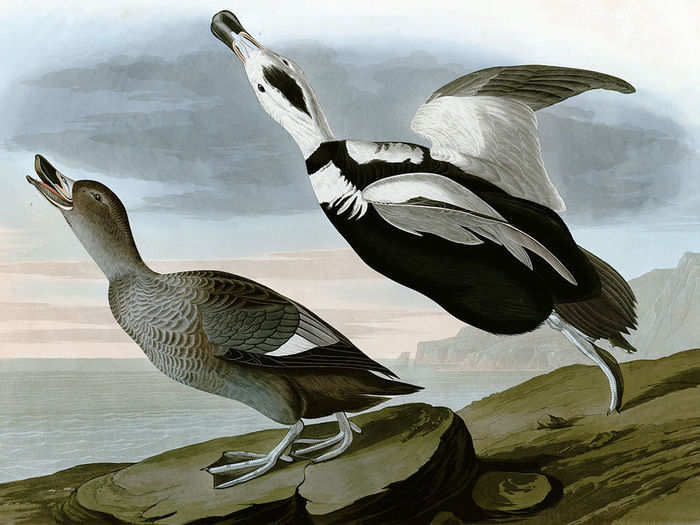
The sea duck generally wasn't hunted for food, but it's possible that European settlers pushed the animal out of its natural habitat.
The great auk disappeared in the mid-1800s. The flightless bird was not closely related to penguins, despite their similar appearance.
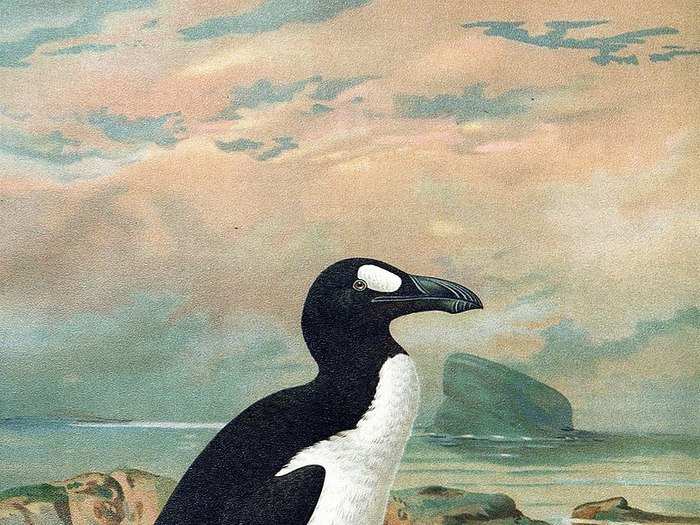
Humans once hunted the bird and harvested its eggs extensively. The great auk was even eaten by Neanderthals 100,000 years ago.
Other extinct ocean birds include the Saint Helena petrel and Pallas's cormorant.
The only marine fish to have gone extinct thus far is the New Zealand grayling. The Galapagos Damsel fish may also be extinct, but that has not yet been officially confirmed.
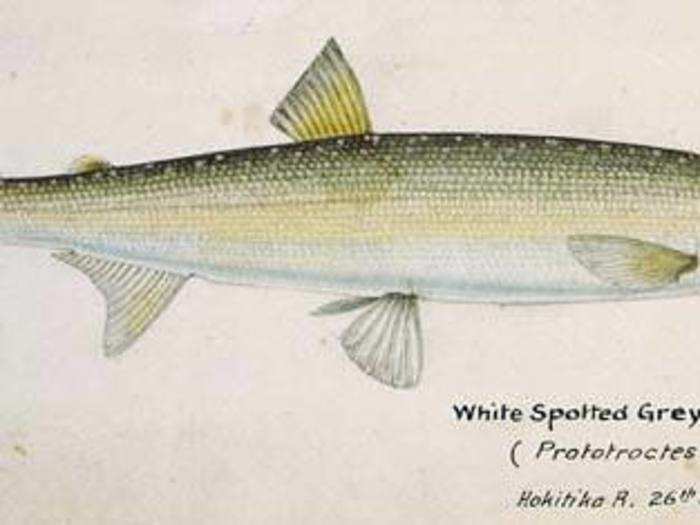
These graylings were amphidromous — meaning they spawned in freshwater streams then migrated, maturing in saltwater.
The Eelgrass limpet, a species of sea snail, used to be abundant in the waters of the western Atlantic.
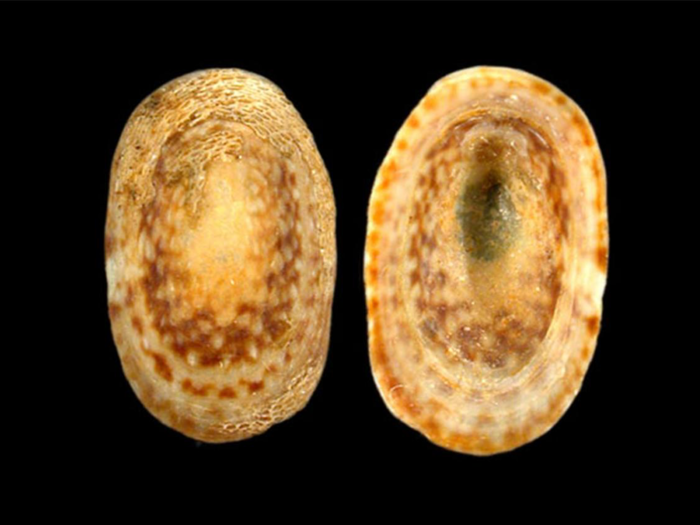
It lived and fed exclusively on one type of seagrass called eelgrass. But the population and distribution of eelgrass plummeted from disease in the 1930s, causing the limpet to die out.
Another species of sea snail native to China, called Littoraria flammea, also disappeared in the last 100 years or so.
The IUCN officially declared the Caribbean monk seal extinct in 2008, after the creature hadn't been seen for more than 50 years.
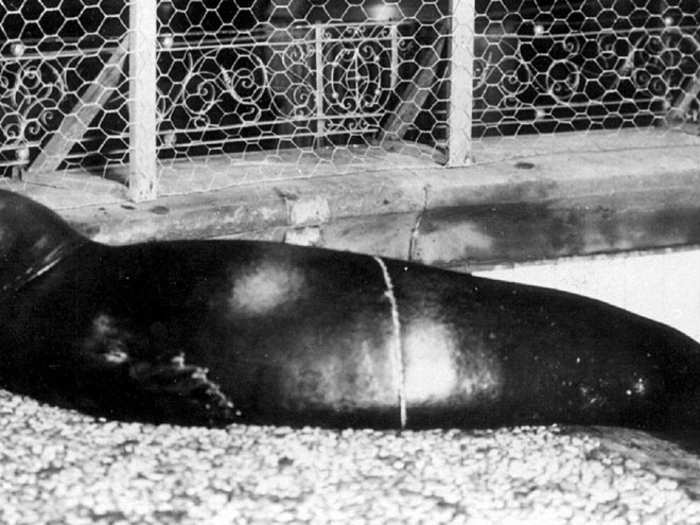
The Japanese sea lion, which swam in the northwest Pacific Ocean and the Sea of Japan, also went extinct in the 1970s.
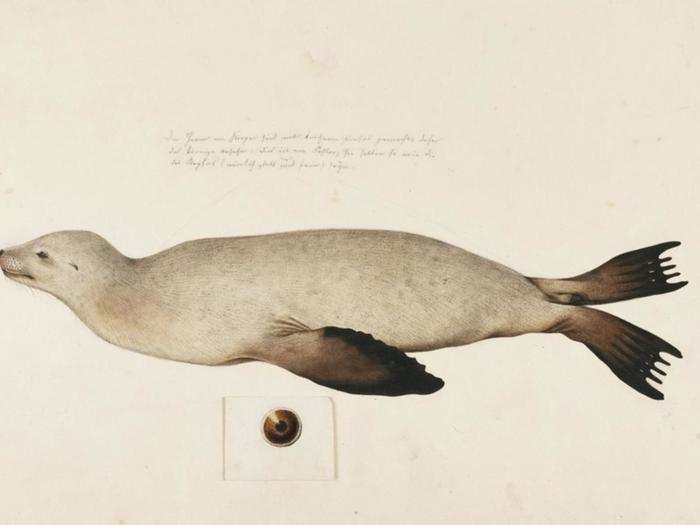
In 2007, experts thought they had located some remaining Japanese sea lions, but the creatures turned out to be California sea lions, which look very similar.
The carnivorous sea mink, which swam along the rocky coasts of New England and Nova Scotia, was hunted to extinction at the turn of the 20th century.
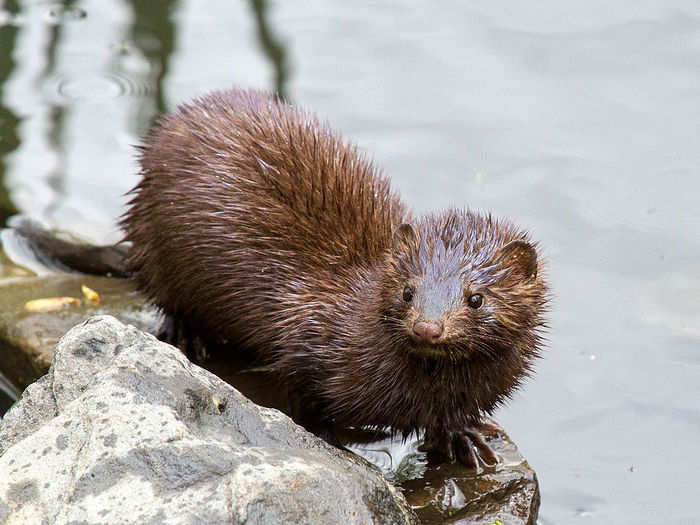
It was the largest type of mink, so hunters and fur traders pursued it with aplomb.
Stellar's sea cow, a manatee-like creature, was discovered in the frigid waters of Alaska's Bering Sea in 1741. Within 27 years, the animal had been hunted to extinction for its meat and hide.
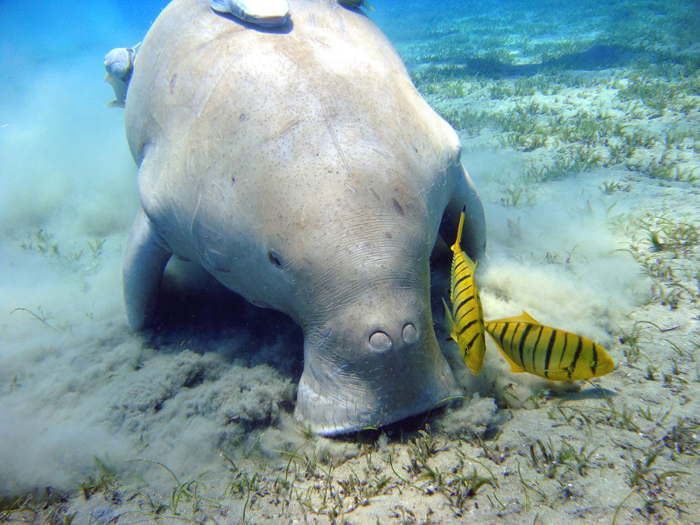
As its name suggests, this sea cow was an herbivore, feeding mainly on kelp. It was covered in blubber like today's walruses to keep warm in the Arctic waters.
In the past three decades, about 50% of coral reefs around the world have died.

Last year was the oceans' warmest year on record, and scientists recently realized that oceans are heating up 40% faster than they'd previously thought. Higher water temperatures and acidification cause corals to expel the algae living in their tissues and turn white, a process known as coral bleaching.
Almost 33% of reef-forming corals are threatened with extinction, according to the recent UN report.
Overall, more than one-third of the world's marine mammals are threatened with extinction.

According to the IUCN's Red List, 72 marine animal species are critically endangered, meaning they face an extremely high risk of extinction.
The short-nosed sea snake hasn't been seen since 2000.
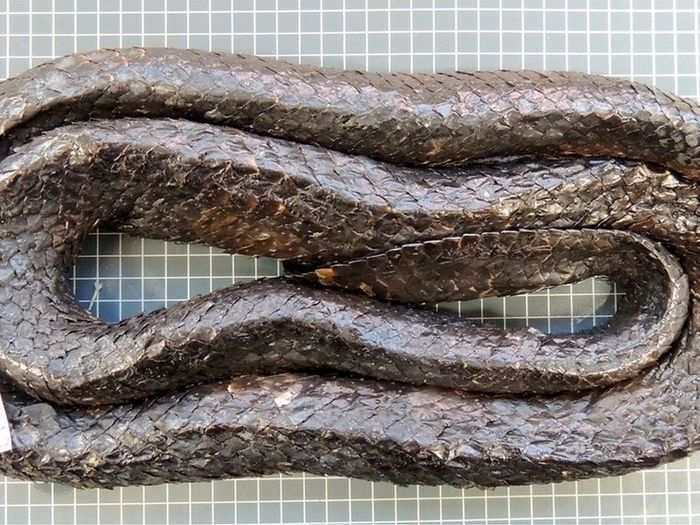
According to Australian Geographic, the species resides only in the Ashmore Reef and Hibernia Reefs off the coast of northwestern Australia.
The venomous snake prefers to munch on eels and fish, and has been negatively impacted by warming ocean waters.
The most endangered marine mammal alive today is the vaquita, a tiny porpoise that swims in the warm waters of the Gulf of California.
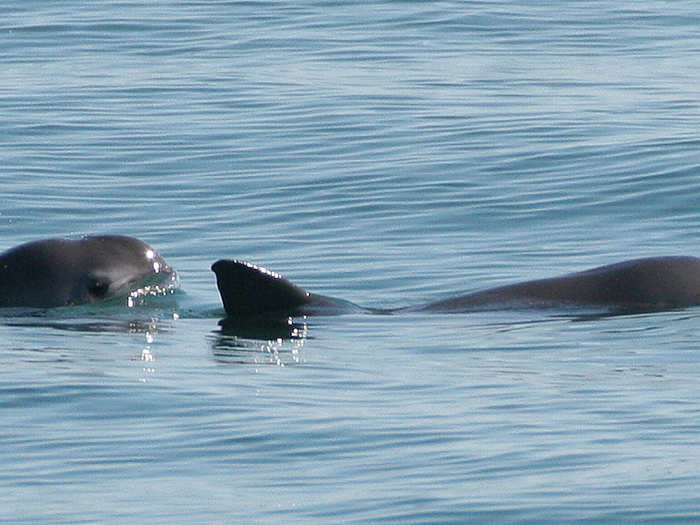
Vaquita means "little cow" in Spanish, and despite conservationists' best efforts to save the species, less than 30 of the animals remain today, according to the Marine Mammal Center.
Other critically endangered marine creatures include the Hawksbill turtle.
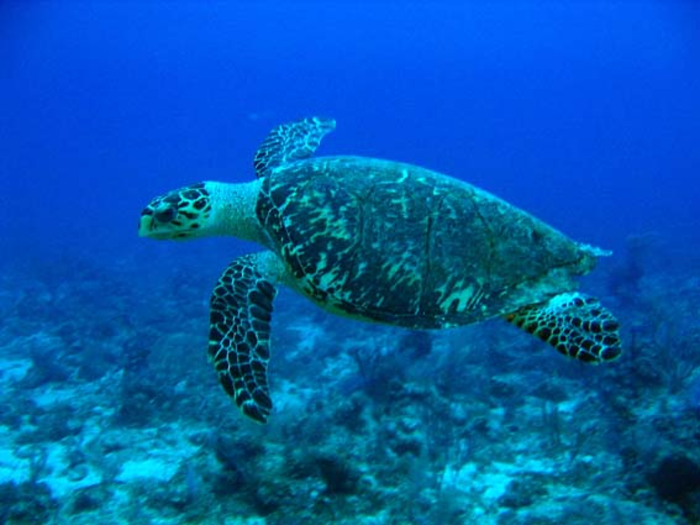
An adult Hawksbill can weigh up to 150 pounds, according to the World Wildlife Fund. Named for its pointed beak, the Hawksbill turtle enjoys eating sea anemones, sponges, and jellyfish found around coral reefs. But poor reef health limits the turtles' access to food.
This endangered smalltooth sawfish looks like a shark, but it's actually a type of ray.
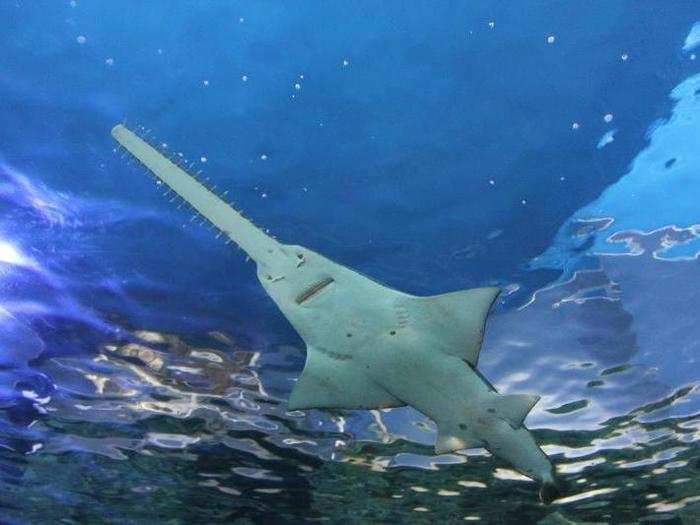
Named for its distinct nose, this creature was the first marine fish to receive federal protection as an endangered species under the Endangered Species Act in 2003, according to NOAA.
The Nassau grouper is an iconic Caribbean reef fish, but it's threatened by overfishing.
These fish are predators and are found near southern Florida, the Florida Keys, Bermuda, the Yucatan, and the Caribbean. The groupers swallow fish, crabs, and shrimp whole using suction created by their protruding mouths.
The starry sturgeon is also critically endangered. This fish frequents the Black, Azov, Caspian, and Aegean seas near central Europe and Asia.

Starry sturgeons can reach more than 7 feet in length and weigh 180 pounds. They, too, are threatened by overfishing. Fishermen harvest the species for its caviar.
The population of southern bluefin tuna has declined dramatically over the last five decades as well. Due to the high fat content of the fish's flesh, it's a popular delicacy.
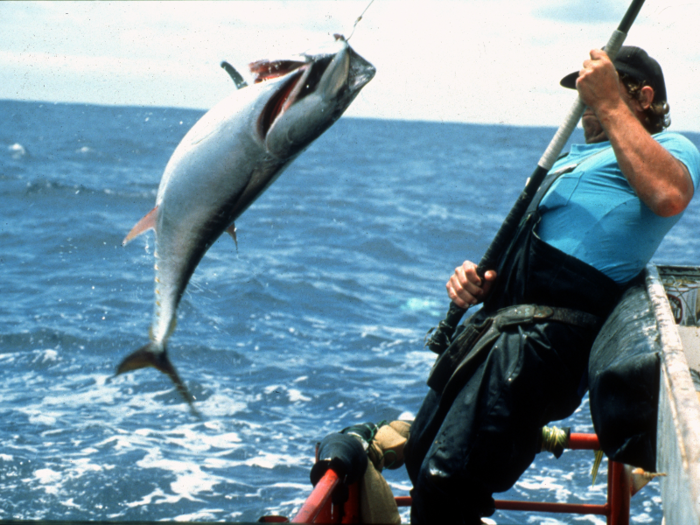
These tuna swim in the open seas and only breed in one part the Indian Ocean, southeast of the island of Java. They can reach lengths of 8 feet and weigh up to 570 pounds.
European eels are also approaching extinction due to overfishing.
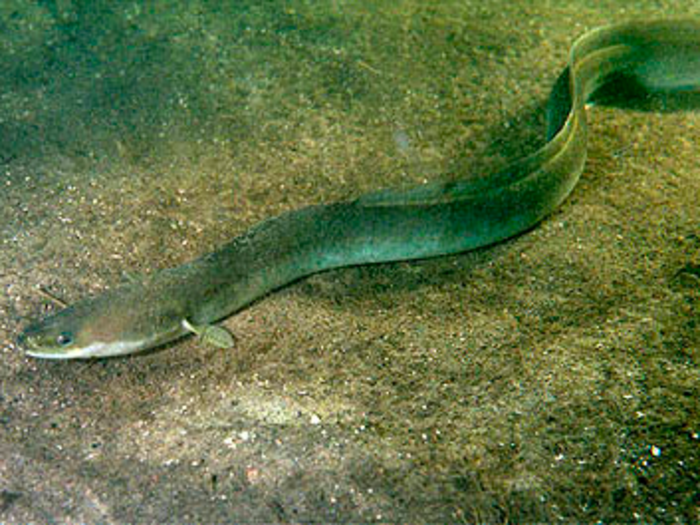
In the Netherlands, eels are smoked and eaten with toast. Londoners eat jellied eels and enjoy eel stew. In Italy and Egypt, eels are often fried as a tasty treat.
In addition to overfishing, the construction of dams and decreasing water quality have caused declines in European eel populations, according to the European Commission.
Despite its clever camouflage tactics on the Atlantic ocean floor, the angelshark, or monkfish, is critically endangered, too.
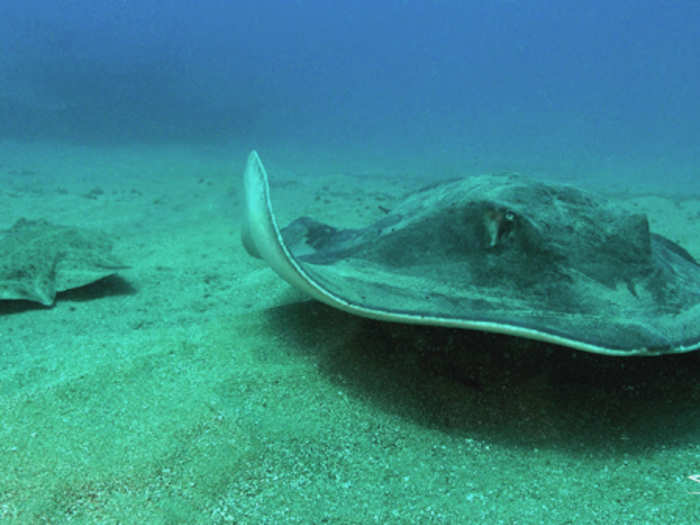
Since 2010, it has been illegal to keep angelsharks caught in waters of the European Union.
In addition to all the species listed here, there are more than 60 other critically endangered marine animals in the oceans today, according to the IUCN. All of these creatures have been negatively impacted by dying coral reefs, rising ocean temperatures, and pollution.
Popular Right Now
Popular Keywords
Advertisement